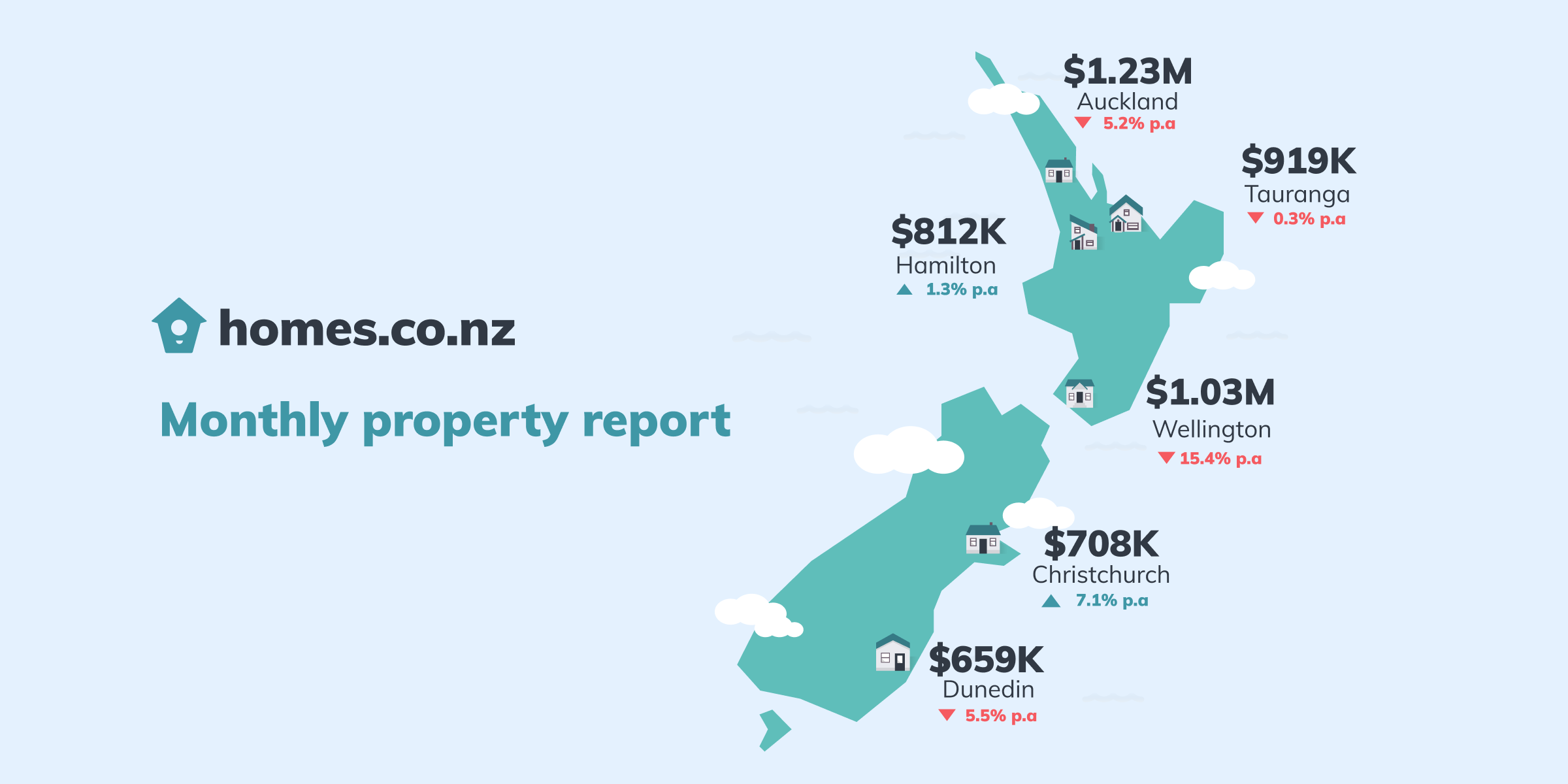#2 of a 3-part series about mortgage structures and how to restructure your mortgage.
In a previous blog post we discussed how mortgages can seem complex but how with the right advice, they can be made simple to understand and with greater knowledge how you can make your mortgage work harder for you.
When you sign up to a mortgage you choose a term, typically 25 or 30 years. However, you do have the opportunity to pay this off whenever you want, it isn’t a contract locking you in for the duration of the term. At any point you can apply for a ‘new mortgage’ and use that to pay off your old mortgage – this is known as restructuring.
Mortgage Size
If you would like to minimise your monthly costs and bring down your mortgage repayments, one option is to lengthen the mortgage term. If you are interested in saving interest, you can reduce your mortgage term. For more information read blog #1 in this series.
Interest Rate Fixed Term
You can fix interest rates for a ‘fixed-rate interest term’, these are typically six months to five years. At expiry, these are then either refixed again or you can switch to a floating/variable interest rate. Alternatively, you can do a combination of the two.
Everyone wants lower interest rates and to pay less for their debt. If you have a $100,000 mortgage on a 4.39% 12-month fixed interest rate (we will ignore the term and principal payments for simplicity), then you will pay $4,390 in interest annually. If you see the billboard rates of 3.39% you will be able to save $1,000, with a new annual cost of $3,390. The key thing to remember when assessing if you should break and refix is that interest rate savings will usually be cancelled out by the banks’ break costs.
Although you can repay your mortgage at any point without penalty you cannot break a fixed-term interest rate agreement without penalty. Fixed-term agreements have a clause built-in with a ‘break fee’, essentially a cost you have to pay the bank to break the agreement. The break fee is calculated using a unique formula at each bank and the amount will change hour by hour, day by day, depending on factors that include swap rates, where the bank is borrowing their capital from and at what cost, how long you have remaining, etc. For our $100,000 example, the break cost might be $700-1200 which means doing this is not worth your time. Unless you have an alternative reason to restructure but remember if you can wait until your fixed term agreements expire you can restructure without having to pay break fees.
Mortgage Size
A lot of mortgages restructures are initiated by wanting to increase borrowing, or if you have had a large cash windfall – to pay off a portion of your mortgage. Historically you could top-up your mortgage to your LVR limit (80% owner-occupied, 70% investment) without too much hassle, these days you have to have a reason. Anti-Money Laundering regulations result in banks not being able to hand out cash without a clear rationale as to why. The sort of reasons that satisfy the AML requirements are;
- pay off debts
- renovations
- travel
- to invest in a business
- to purchase a car.
The bank will also assess your position to determine if they are comfortable to provide you with more lending. When you have strong financial incentives or goals like debt consolidation, renovation top-up, or buying another property, increasing your mortgage size can be hugely profitable and help speed you towards financial freedom. Changing $20,000 of debt from a high-interest credit card to a low-interest mortgage would save you over $3,000 per year. Buying investment property could potentially make you hundreds of thousands of dollars over the long term.
Account and Product Type
- Principal and interest. People will restructure to principal and interest when their income increases to ensure they are paying down their mortgage.
- Interest-only. People will restructure to interest-only lending when they are optimising their short term cashflow.
- Revolving credit. Most banks have forms of revolving credits, people will restructure to revolving credits to reduce their mortgage balance temporarily if they have large amounts of cash sitting in their account, or to secure additional lending in the future. If you don’t want to have to restructure and reapply to top up your mortgage in the future you can guarantee access to money by using big revolving credits, many clients use a $250,000 revolving credit so when they have paid it down they can recycle this equity immediately (without questions or new applications) into a new investment property.
At iRefi the term mortgage adviser is used instead of the term mortgage broker because how you structure your mortgage will have far greater financial benefits than focusing solely on brokering good rates. Talk to us about your short term wants and needs as well as your long-term goals today.


